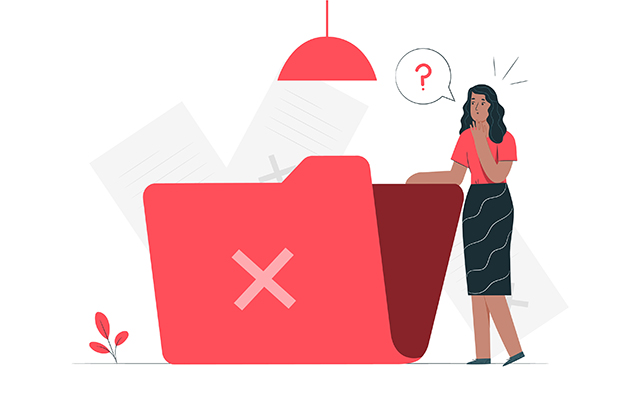How Does The Kubernetes Imagepullbackoff Error Occur?

Users will face many errors when maintaining containerized environments. These errors can range from simple configuration issues due to YAML misconfigurations to complex infrastructure and networking issues. The more complex the environment is, the more challenging it is to troubleshoot issues. One way to reduce this complexity in troubleshooting is to understand the common issues related to containerized environments. It helps to resolve them quickly and allocate more time to fix complex issues. In this post, we will have a look at the reasons behind the Kubernetes Imagepullbackoff error.
What is the Imagepullbackoff Error?
Before looking at the reasons behind the Imagepullbackoff error, we need to understand what this error is. Simply put, this error occurs when the container image cannot be pulled from a public or private container registry.
The Imagepullbackoff error happens when the kubelet instructs the container runtime to pull an image. If the image is inaccessible or unavailable, the state of pods will change to Imagepullbackoff. It indicates that the pod cannot start due to this error. The ImagePull portion indicates the error in pulling the image, while the backoff indicates that Kubernetes will try pulling the image with increasing backoff delays until the limit of five minutes is reached.
Reasons behind the Imagepullbackoff Error
Since we have a grasp of this error now, let's look at common reasons that will lead to this error.
Invalid Image Name
Specifying an incorrect image name when trying to create a pod is one of the most common causes of this error. The runtime will be looking for an image that does not exist in the given repository when an incorrect name is specified. Thus, there will be no image to pull, regardless of how many times it tries.
Incorrect or Nonexistent Tag
Another common factor is specifying the incorrect tag. It can be as simple as a misspelling when specifying the container tag or pointing to a nonexistent tag. In both cases, it will be unable to pull the matching image if a matching tag is unavailable, even if a matching container image is available.
Inaccurate Registry or Incorrect Credentials
Most production environments will have private container registries. They enable organizations to keep their proprietary containerized applications private without exposing them to unauthorized parties. So, when pulling images from a private registry, users must point to the correct registry with the proper authentication credentials to pull the desired container image.
When these conditions are not met, users will be unable to pull the required image, leading to the imagepullbackoff error. Even when using public registries, users may need to specify the exact public registry for pulling images from different container registries. It will help mitigate this error.
Network Issues
This type of issues can be the most complex to troubleshoot. The reason is that network issues relating to the imagepullbackoff error can depend on the individual architecture of the containerized environment. Any network issue can break the connectivity to the container registry, preventing the image from getting pulled to the target environment.
Network issues can be divided into two categories. One is issues within the containerized environment, such as cluster issues causing connectivity problems. The other is issues with the registry, leading to connectivity issues. Infrastructure configuration issues or failures can also result in network issues. In a distributed environment like Kubernetes, there can be instances where some nodes can pull the image from the registry while others cannot. It indicates a network connectivity issue isolated to specific nodes.
Network issues can be identified quickly by looking at the event log in a pod. It reveals failed to resolve or failed to do request errors, indicating a network connectivity issue.
Hitting Container Registry Rate Limits
Most container registries have implemented rate limits to better manage their infrastructure and avoid network bottlenecks. Different registries have different rate limits and paid options to increase these limits.
For example, Docker Hub limits itself to 100 image pulls for anonymous users per 6 hours while offering 200 image pulls per 6 hours for authenticated users. While it may seem like a relatively larger limit, these limits can be quickly exceeded when considering a large production environment with multiple microservices deployed across a global infrastructure. There is a high chance of hitting these rate limits even when multiple developers are using the same repository in a relatively large development environment.
This is essential for registries to provide stable service and mitigate misuse of the registry. However, users will encounter imagepullbackoff errors when these limits are reached, as the registry will deny the user requests to pull the image.
Conclusion
There are many reasons for Imagepullbackoff errors, from simple spelling mistakes to infrastructure issues causing network connectivity issues. In the previous sections, we have covered the common causes behind this error. Knowing these causes enables users to easily troubleshoot when they encounter such an error in their containerized environment.
Copyright © . All Rights Reserved